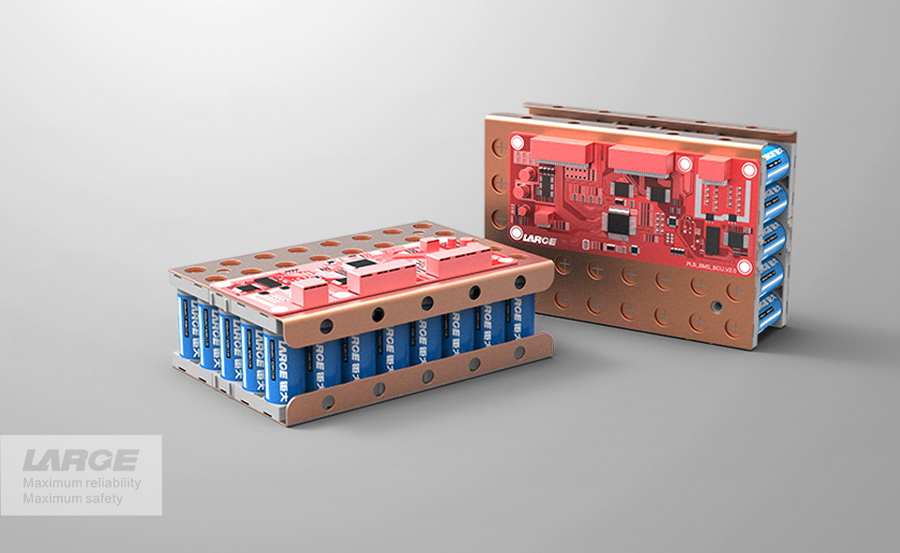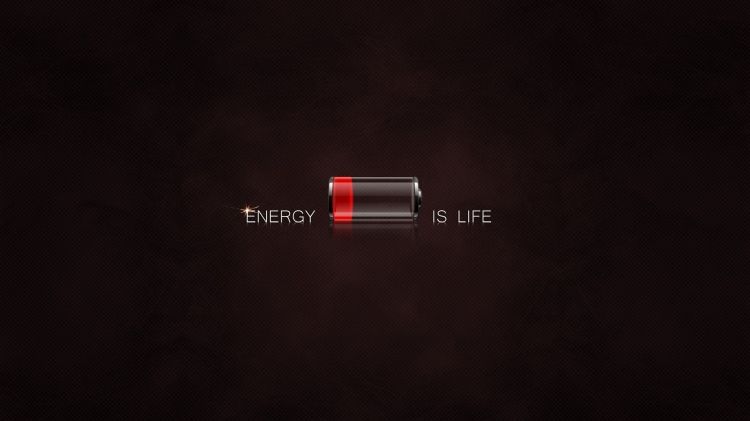How Much Do You Know About Non-Lithium Batteries?
Jul 22, 2019 Pageview:1442
In the world today, lithium-ion batteries have successfully dominated the majority of the fields, especially that of electrochemical energy storage over the last twenty years. Up till now, lithium-ion batteries are still rated as the most actively studied field.
However, there are complex issues that still surround the popular lithium-ion batteries. Some of these problems revolve around:
· Its high cost
· Its unsustainable lithium-ion resource, and;
· Safety problems
Also, the rechargeable batteries are based on alternative elements that can offer relatively high-power density with the utilization of abundant yet low-cost materials. Some of these elements are:
· Na
· K
· Mg
· Zn
· Al, and;
· Ca
With this, the non-lithium-ion batteries are often regarded as the promising candidates that will partially displace lithium-ion batteries in the coming future.
Over time, the studies carried out on nonlithium rechargeable batteries has been growing rapidly. However, there are many fundamental and technological hurdles that non-lithium batteries are yet to overcome
What Is The Difference Between Non-Lithium Batteries And Lithium Batteries·
The lithium battery and the non-lithium batteries or probably cells actively offer portable electricity. Plus, both of them function by chemically storing electric charges.
When you connect their electrodes using a wire, the charges flow from the cathode of the battery down to its anode - these aids in generating electrical current. However, both of them have their advantages as well as their disadvantages or drawbacks.
· Cell Type
For their cell type, the major difference between nonlithium and lithium batteries is that while the non-lithium batteries are created to be the primary cell, the lithium-ion batteries are built to be secondary cells.
Here, the primary cell refers to cells that cannot be recharged. Contrastingly, this implies that secondary cell batteries are the rechargeable cell batteries. Furthermore, non-lithium batteries are not so easily and safely rechargeable.
This is the exact problem that led scientists to the invention of lithium-ion batteries. Also, the lithium-ion batteries can be charged diverse times before it becomes ineffective.
· Non-Lithium Batteries Are Not Rechargeable
As for the non-lithium batteries, they are not rechargeable, but they provide more when it comes down to their capacity. They actually have a much higher energy density than lithium-ion batteries.
Nonlithium batteries make use of lithium metal as their anode, unlike the lithium-ion batteries that make use of diverse materials to form their own anode.
At the end of the day, the lithium-ion batteries are at a disadvantage because their shelf life is roughly three years. After the three years, they turn worthless.
· How They Work
When it comes to how both of them work, the electrical currents of both of them occur due to the chemical reaction that happens within the batteries.
The anode in a cell practically moves the electrons to the cathode, and this is situated at the opposite end of the battery cell.
In the same vein, the electrolyte that aids in separating the cathode from the anode actually keeps electrical energy and serves it later on as an electrical conductor.
This allows electricity to flow right through the battery as well as power a circuit or an appliance. There are always so many options to select from when you talk about batteries.
From the button batteries down to automotive batteries, variety is one thing that the battery industry has never lacked.
Similarities Between Lithium-Ion And Non-lithium-ion batteries
While we have looked at the differences between both batteries, they both have some similarities as well. For both lithium-ion and nonlithium batteries, they both operate by storing electric charges in their chemical build up.
Nonetheless, the major difference between them in simpler terms is that the lithium-ion batteries are rechargeable while the non-lithium batteries are just single use. But, their most significant variation is in the cell type they use, which we have analyzed earlier.
If we should go back to their history, non-lithium batteries were created before the lithium-ion batteries. But, since they could not be recharged safely or used easily, companies were inspired to come up with the concept of a rechargeable option.
This led to the birth of lithium-ion batteries. The lithium-ion batteries can be recharged as much as the users want before they finally succumb to degrading.
So many people have asked why non-lithium batteries are still in existence because lithium-ion batteries have come to solve the rechargeable issues.
The thing is that, even if non-lithium batteries are not rechargeable, they actually have a bigger capacity than the popular lithium-ion batteries.
As a result of their high energy density, they are capable of going for a long period in a distinct charge even if their charge is once in a lifetime. Also, non-lithium batteries are much easier to generate, which means they are cheaper to buy.
All these are because they make use of lithium metal in their own anode while their lithium-ion counterpart makes use of diverse materials to organize their anode.
Application Of Lithium And Non-Lithium Batteries
Lithium-ion batteries have only been in existence for roughly four decades. However, they were being worked on since the early parts of the 1900s. It was in the year 1912 that chemists first started working on inventing the lithium-ion battery.
But, in the end, they struggled hard to make it balanced for consumer use. Then, in the 1970s, they finally became a viable alternative for the consumer market.
However, both non-lithium batteries and lithium-ion batteries pack so much power that is relative to their diverse sizes. There are so many items that make use of these two batteries.
They can be found in flashlights, laptops, cell phones, and toys. For non-lithium batteries, they can be found in items where the extended battery life is important. These batteries are found in:
· Pacemakers
· Hearing aids
· Watches
· Remotes
· Remote control toys
· Calculators
· Smoke detectors, and;
· Digital cameras.
On the other hand, items that demand frequent recharging make use of lithium-ion batteries. These items include:
· Smart devices
· Recreational vehicles
· Emergency power backups
· Solar power storage
· Alarm systems
· Portable power backups
· Boats, and;
· Wireless medical technology
To Wrap It Up
Both lithium-ion batteries and non-lithium batteries have their diverse uses in real-life applications. It is entirely up to the user to purchase items that make use of lithium-ion batteries and those that make use of non-lithium batteries.
- Prev Article: Are Lithium ion Batteries Safe?
- Next Article: How Much Do You Know About The Positive Side Of An 18650 Battery?
Leave Message
Hottest Categories
-
Hottest Industry News
-
Latest Industry News











